The clash of generations ends in a tie
Nihal Sarin held back and Anatoly Karpov held his own - in short, that's what happened in the battle of two generations that took place yesterday in Cap d'Agde, France. The 15-year-old Indian phenom managed to create chances in almost every game but surprisingly failed to capitalize on them. The first two rapid games ended in draws and in the blitz section it was the 68-year-old legend who dealt the first blow. Nihal was in a must-win situation in the final round and the pressure sort of goaded him to go for the kill; he played actively right from the start, won an exchange on move 17 and then finished things off smoothly in just 28 moves. Thus, the four-game match came to an end with a 2-2 tie between the players.
Separated by age, bound by common style of play
Who is the greatest positional player of all time? We may never know the answer to this as it is impossible to compare players from different eras of a game which constantly keeps changing and evolving. But arguably, if there is anyone who comes closest to being the best ever in terms of solid play then it would be none other than the twelfth World Champion Anatoly Karpov. And indeed, yesterday the legend only drove this point home by giving the 15-year-old Nihal Sarin a real run for his money. The young Indian phenom also shows a marked disposition for subtle and slow chess, and is already reckoned to be one of World's best in terms of his positional understanding. But yesterday Karpov was, well, simply Karpov!
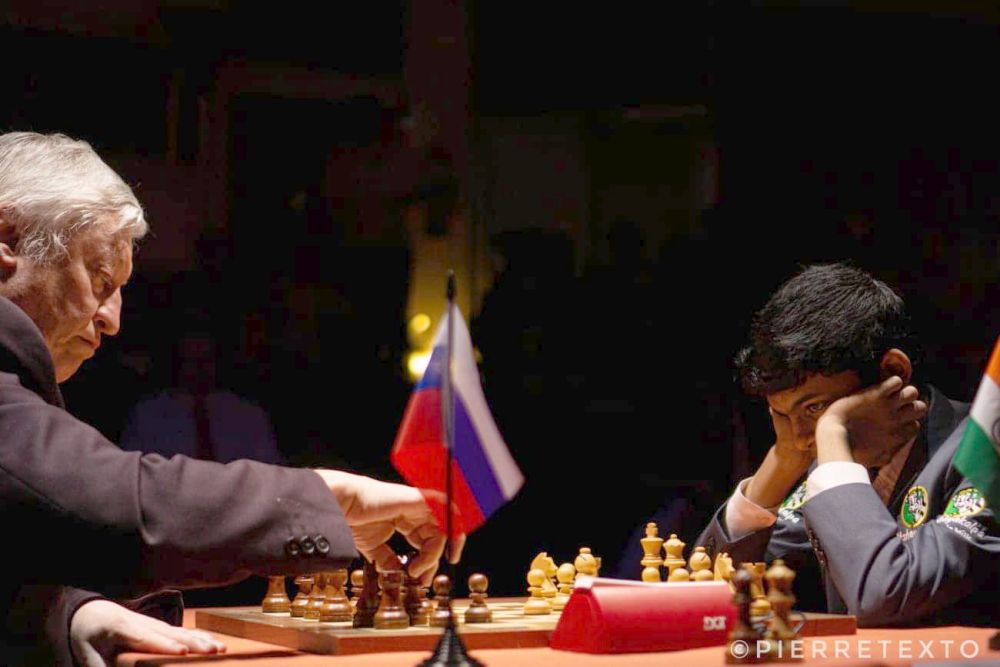
Speaking of the games, Nihal actually created some very good chances in the first two rapids in 25'+10" format but somehow just couldn't convert his edge. In the first game, both players were sort of restraint against each other, maneuvering their pieces slowly and patiently testing each other. But things started to flare up with tactical possibilities when Karpov on move 17 took a careless step with his queen. Let's have a look at the highlights.
Nihal Sarin - Anatoly Karpov, Rapid Game 1
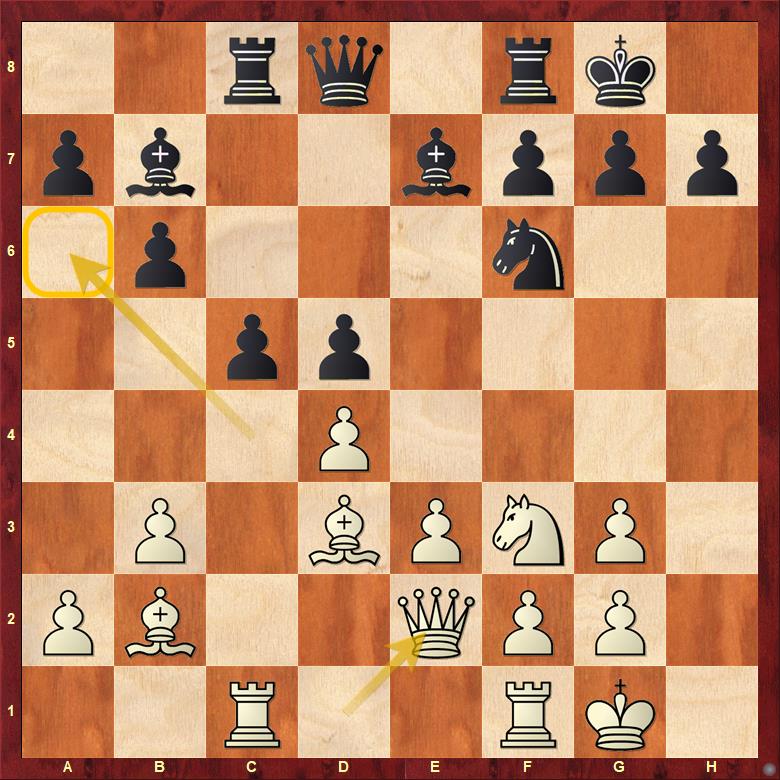
Black went 15...Rc7 in the above position so that now 16.Ba6 could be met with 16...Ba8. Therefore, the game followed 16. Rfd1 Qc8 17. Rc2 Qe6 instead and Karpov maneuvered his queen to e6 via c7 and this led to a turning point in the game.
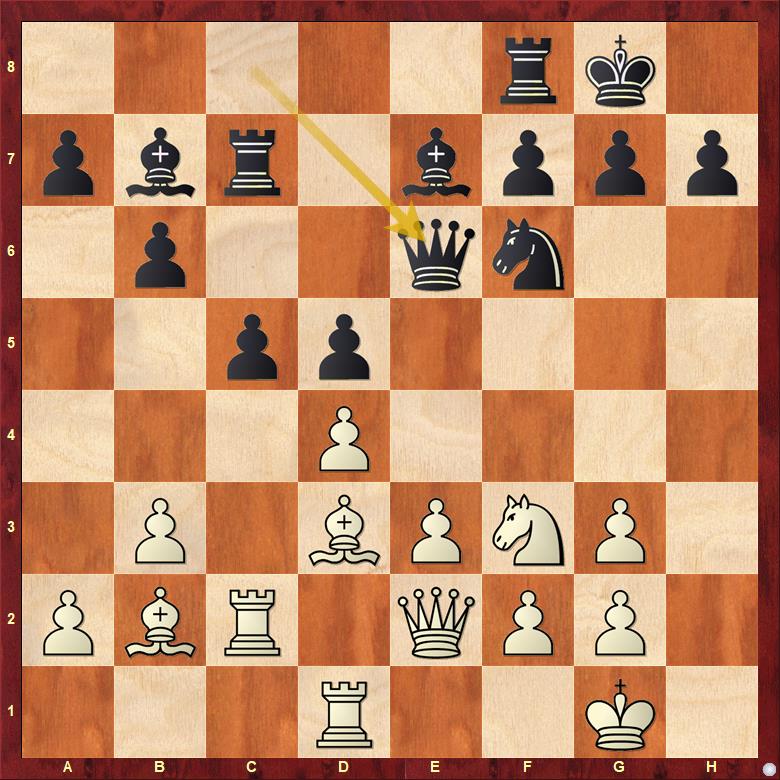
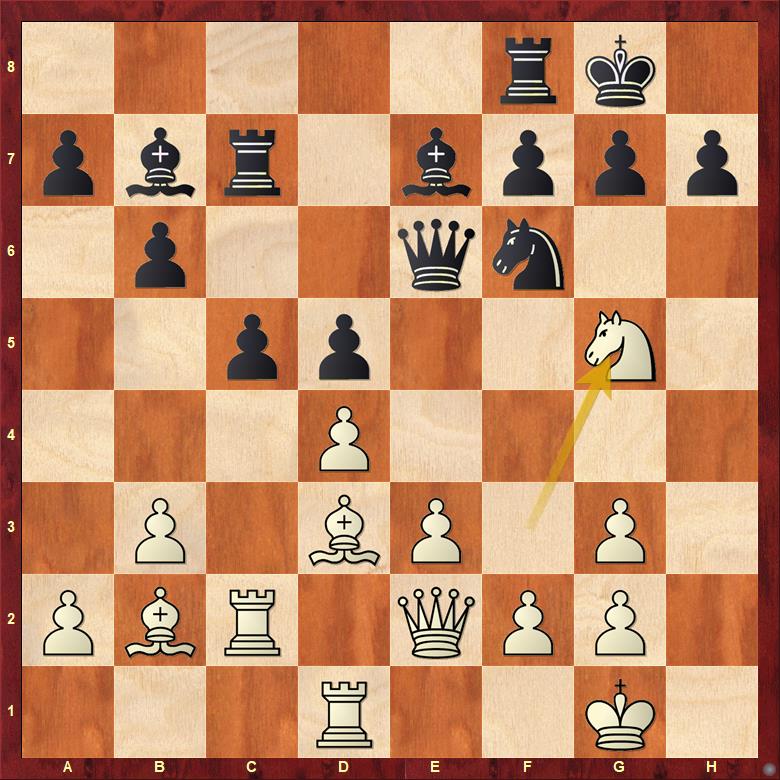
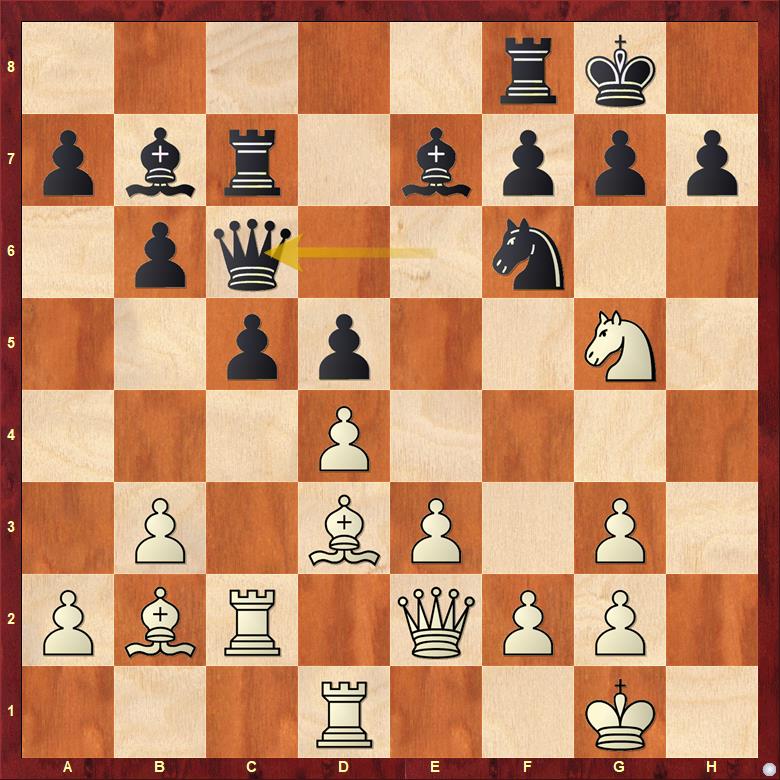
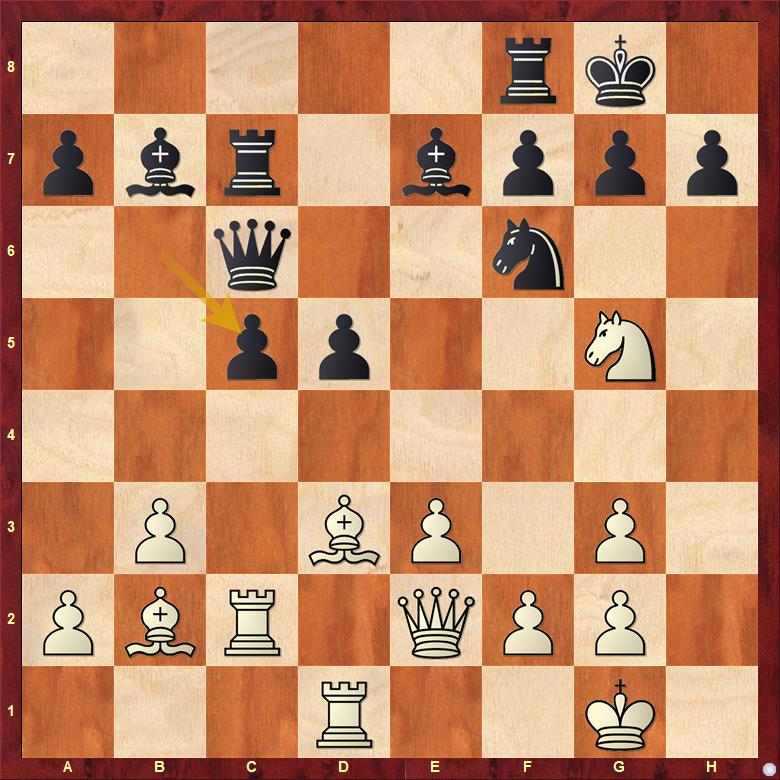
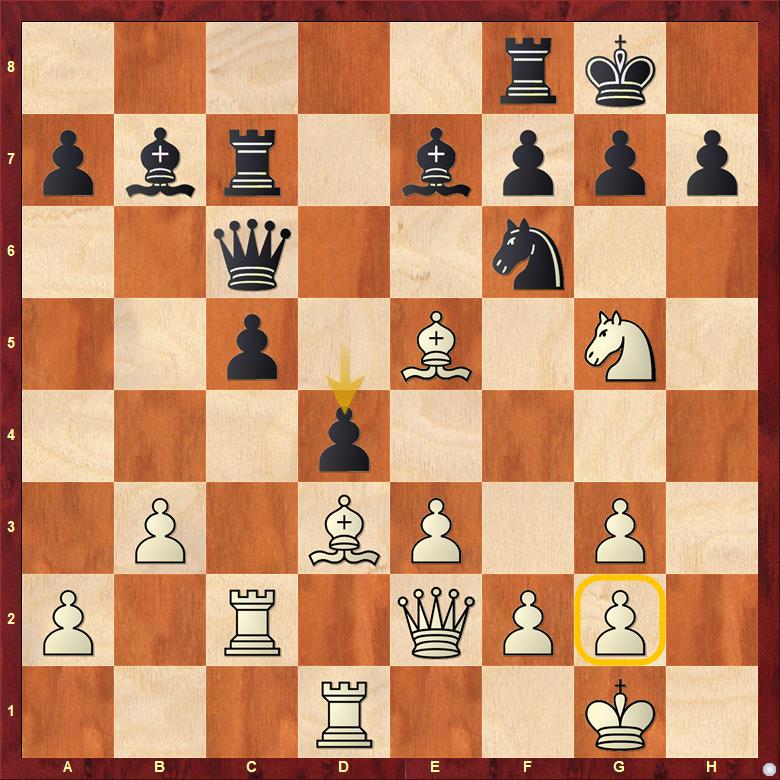
From here on Nihal's chances simply fizzled out and the encounter liquidated to an even knight versus bishop ending which after a 59-move long struggle ended in a draw. The full game is presented below:
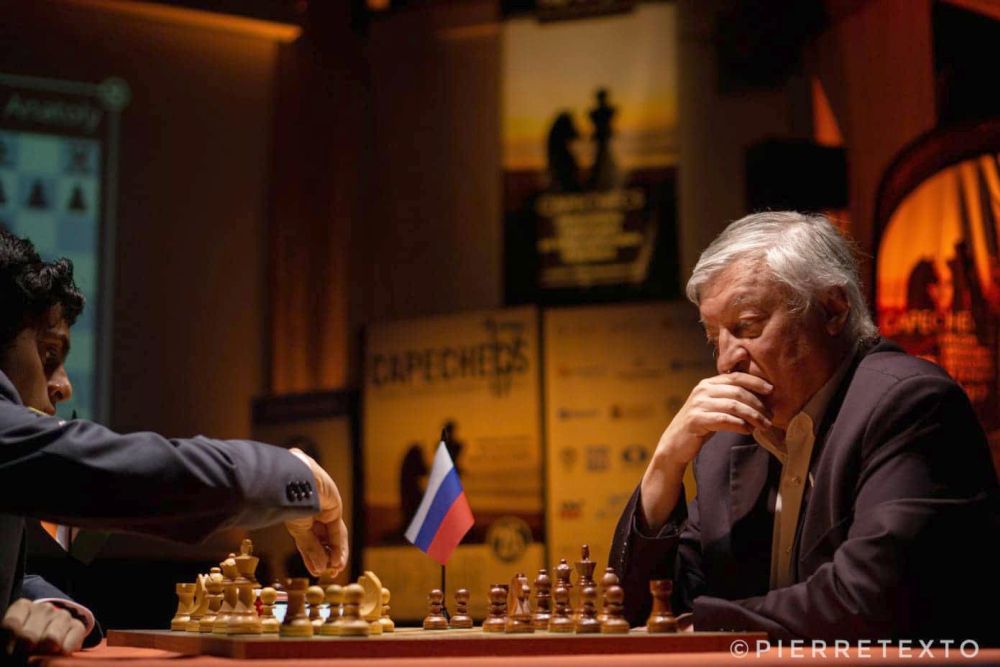
Anatoly Karpov - Nihal Sarin, Rapid Game 2
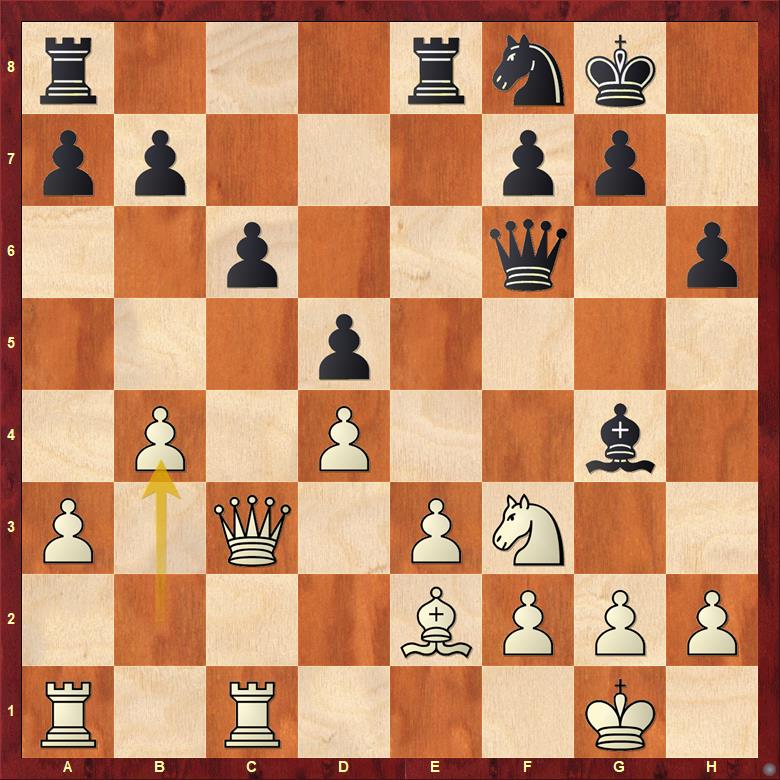
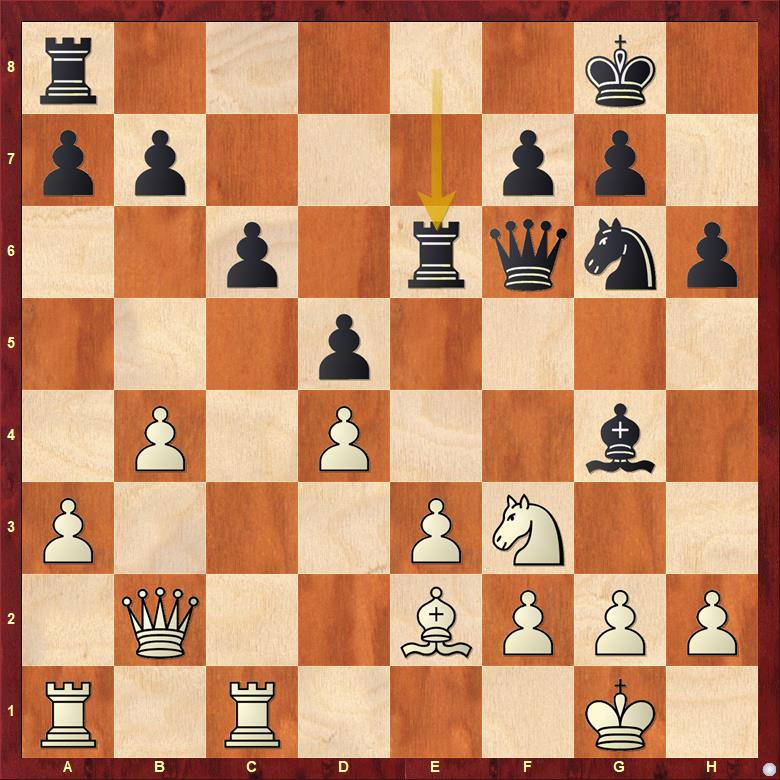
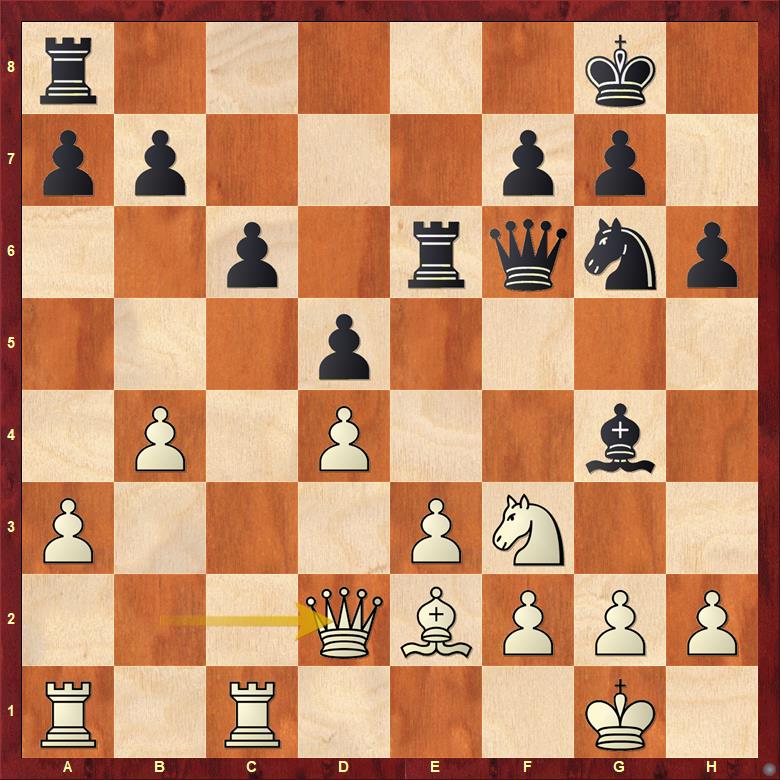
A plausible explanation was offered by IM Sagar Shah during the live analysis of this game on ChessBase India YouTube channel. Perhaps, White's intention with 17.Qd2 was to open up the provision of going Bd1 if Black ever gets Rae8 and Nf4 in and this indeed happened in the game where Karpov adopted a very passive defense with Bd1 and Ne1 against Nihal's kingside attack. In any case, 17.b5 cxb5 18.h3 Bxf3 19.Bxf3 Rd8 20.Qxb5 is an alternative that looks much more promising.
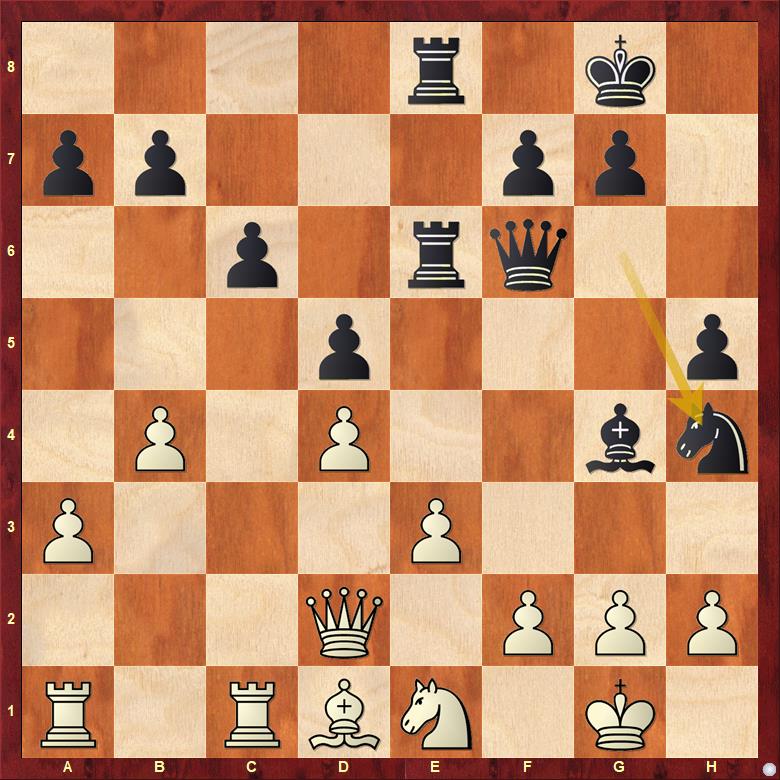
But just when in the above position the Indian was starting to take control of the game something very unusual happened. Karpov played 20.g3 - obviously to drive away the h4 knight - and Nihal reacted by releasing all the tension with 20...Nf3
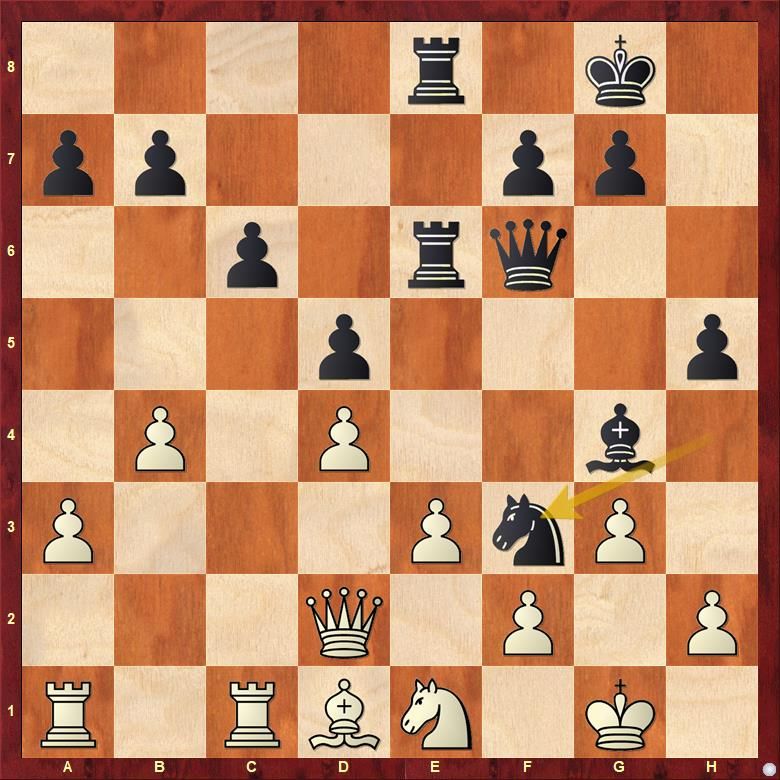
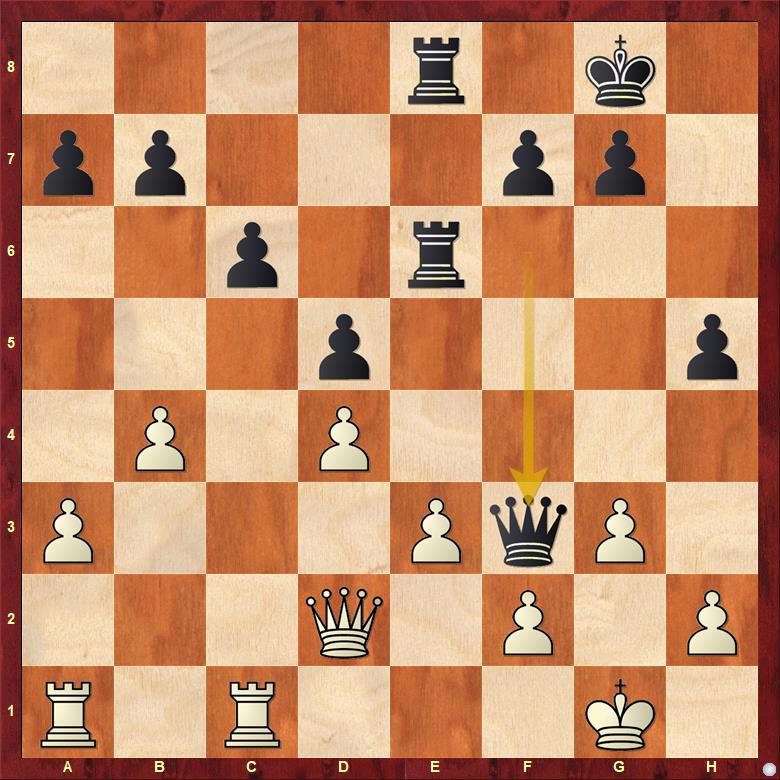
Exchanging blows!
After both rapid games ended in draws, it was time for the players to move onto the blitz section of the tournament. In the very first blitz game of the match itself Karpov shocked everyone by getting the better of Nihal who incidentally is the reigning Asian Blitz Champion! Interestingly this game followed just the same opening as the previous rapid but the former World Champion improvised on move 12 and lashed out his a and b pawns to gain a comfortable edge. Queens were traded on move 28 and after the 33rd move the players reached a four versus three rook-pawn ending.
Anatoly Karpov - Nihal Sarin, Blitz Game 1
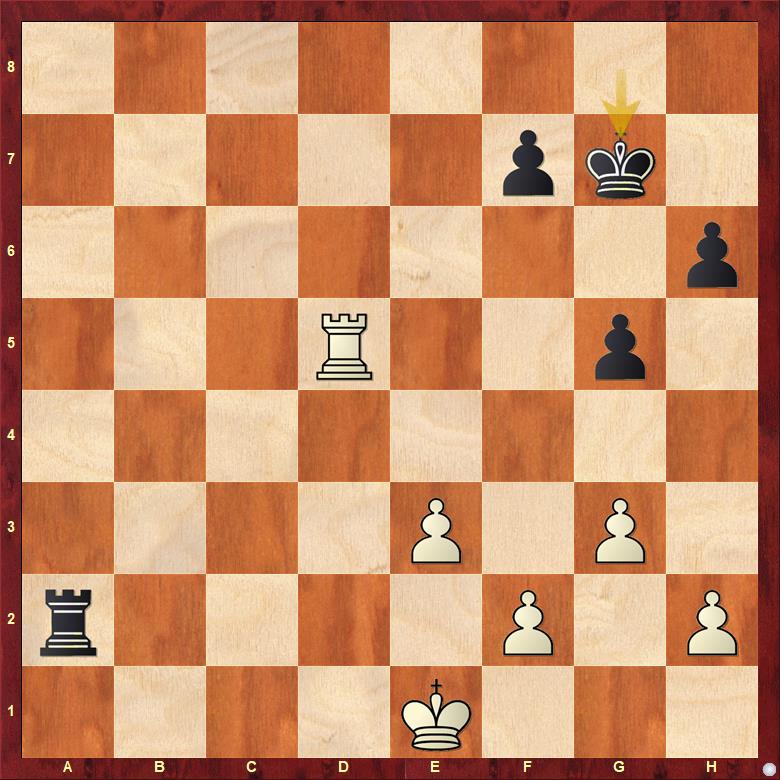
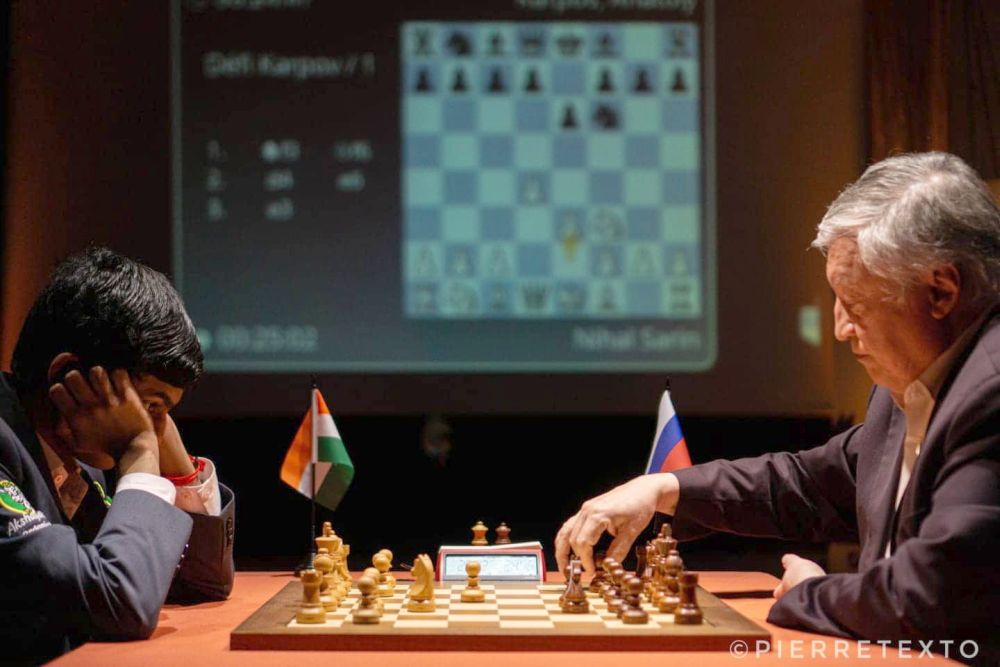
The 15-year-old had the White pieces in the last round and had to win at any cost to level the scores. But somehow the pressure worked well and Nihal played his natural game in the last round, going for active play in a queen's pawn opening.
Nihal Sarin - Anatoly Karpov, Blitz game 2
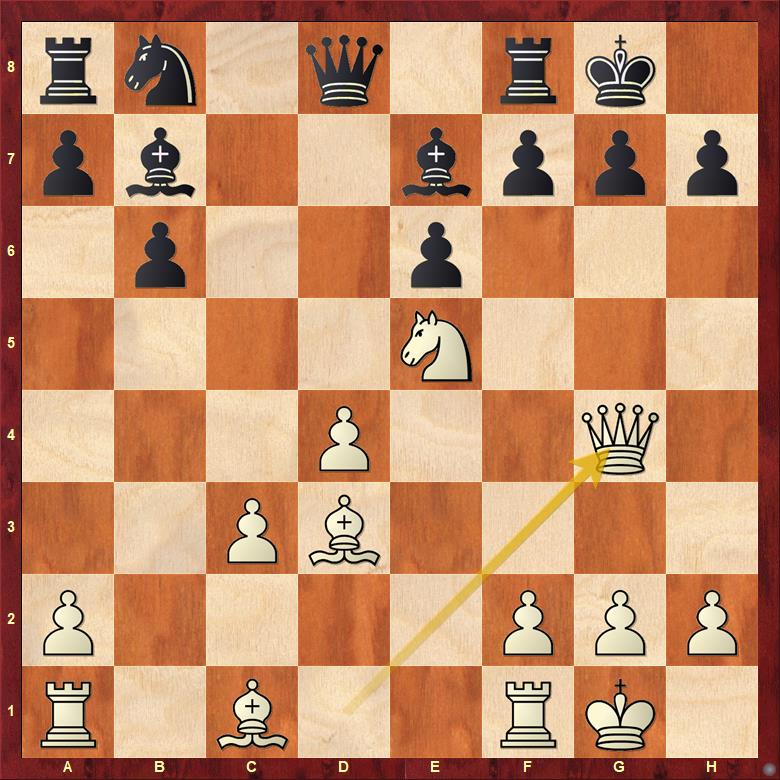
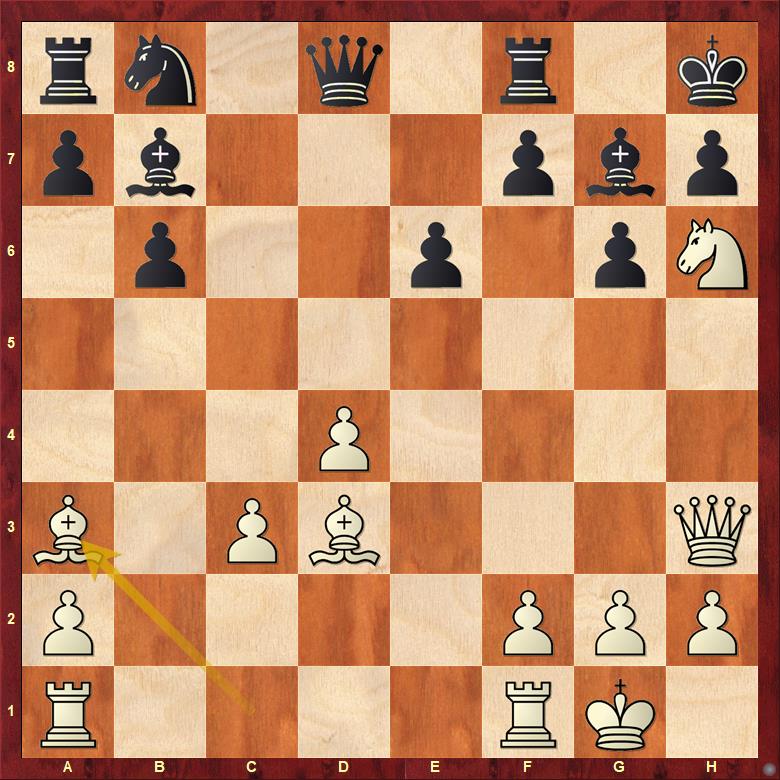
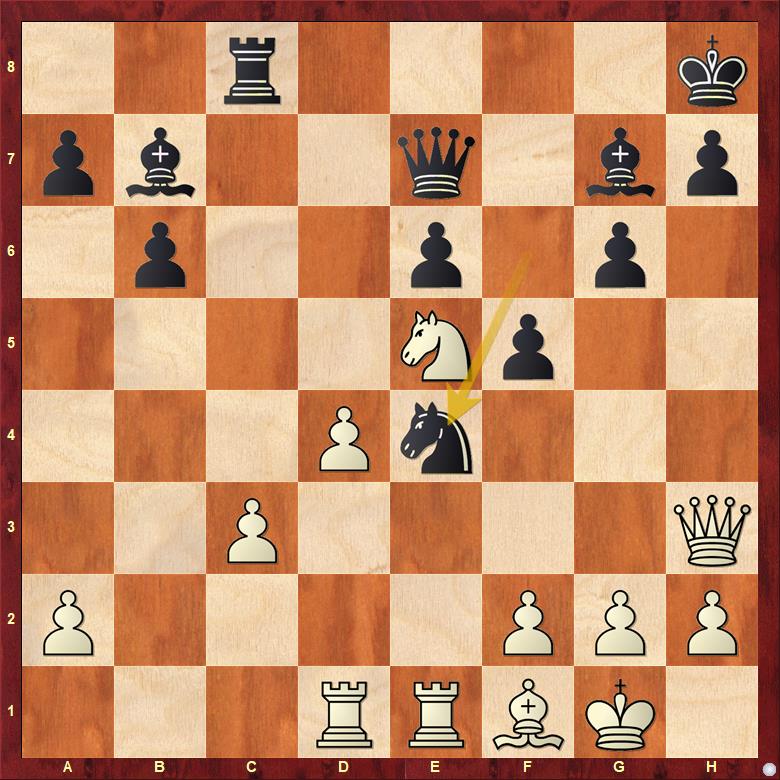
Result of the match
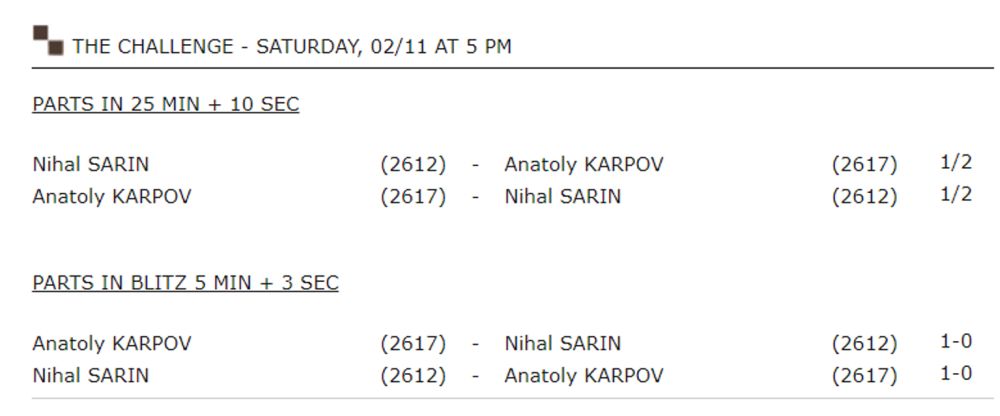
You can view the following excellent analyses that was carried out by IM Sagar Shah in ChessBase India YouTube Channel both during and after the games:




